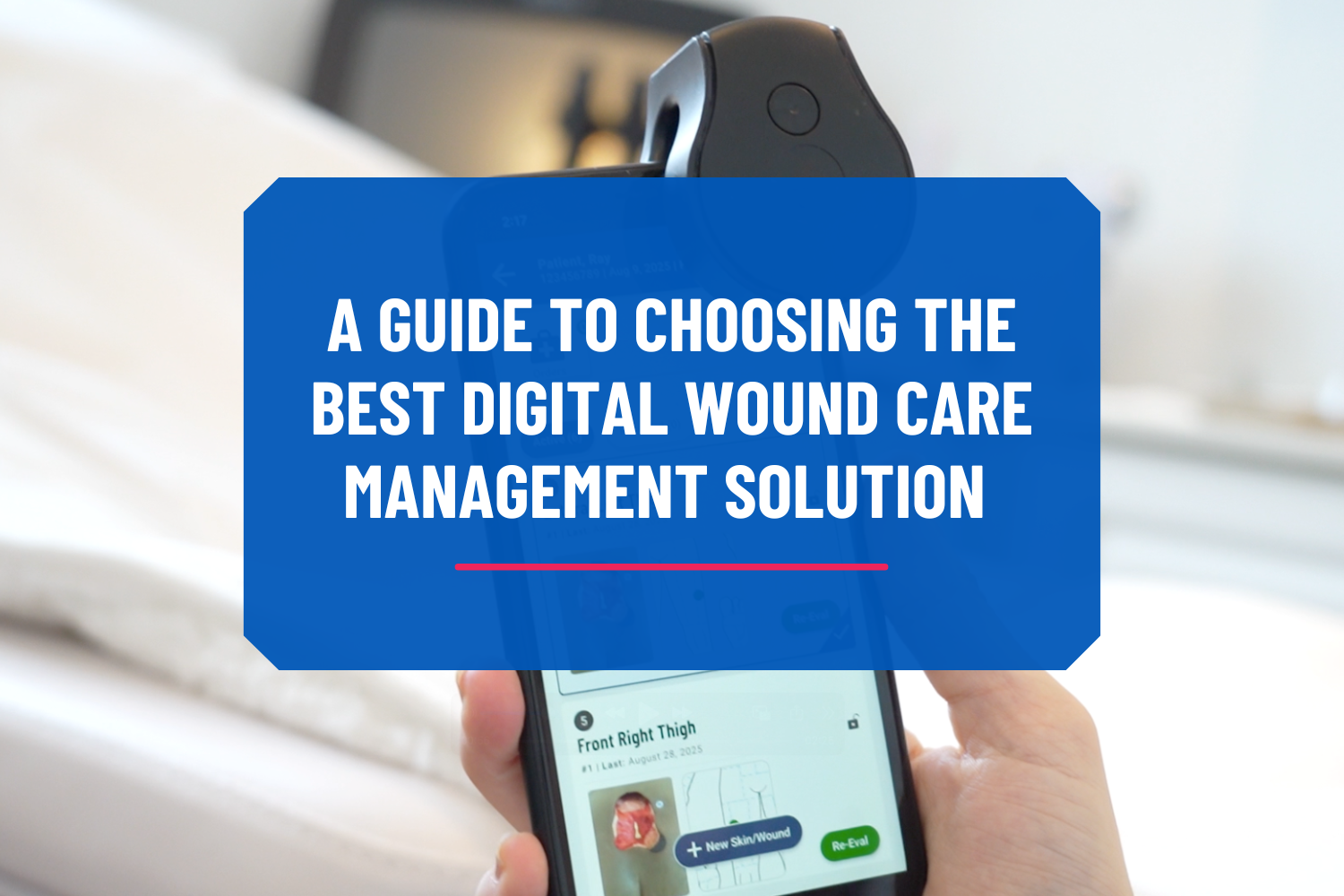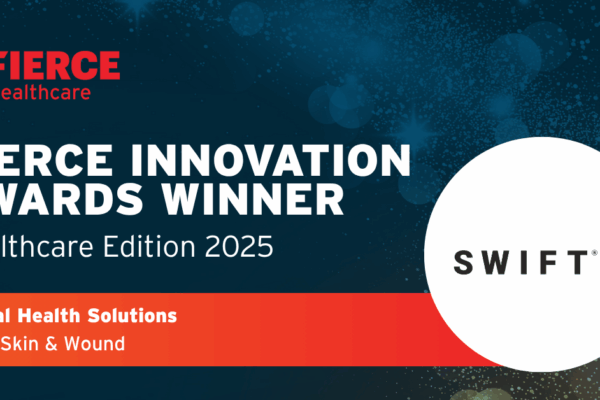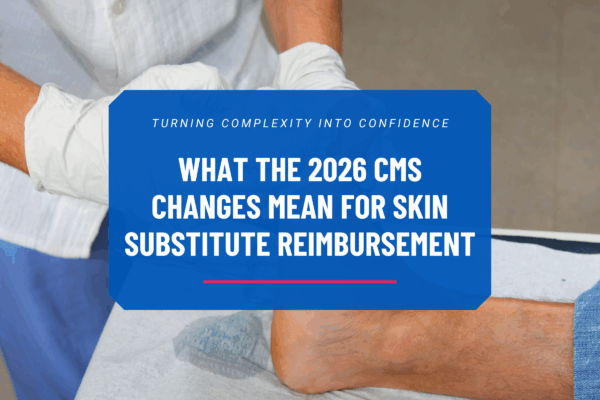There are many digital wound care solutions out there, but they are not created equal. Choosing the right one can significantly impact patient outcomes, clinician satisfaction, and overall cost. This guide will walk you through the essential factors to consider, ensuring you make an informed decision.
Understand Your Needs
Clinical Workflow: Identify your current wound care challenges requiring attention, such as inconsistent documentation, audit responses, missing or decentralized data, poor quality metrics, or unsatisfactory healing outcomes. Clarify essential needs versus added benefits.
Define Your Users: Determine the primary users and others who may interact with the solution. What are their pain points and needs? They should be consulted throughout the process for team alignment.
Desired Outcomes: Outline what you want to achieve with the solution so you can request case studies and examples, such as improved patient healing, enhanced quality metrics or increased visibility in your wound care population.
Clinical Accuracy and Efficacy
Peer-Reviewed Research: When comparing options, it’s important to review published research on both the technology and the real-world outcomes achieved. Consider whether the research is peer-reviewed and the scope of the research. Does it review 20 or 2,000 wound episodes? What is the accuracy and consistency of the technology and is this backed by peer-reviewed research?
Calibrated Imaging and 3D Measurement: How does it account for variations in lighting, distance and color in images? A calibrated imaging solution is key to ensuring reliable and quality images. Some solutions can detect focus and guide users to take better images. Does it guide you to take images similar to previous images for greater consistency? Are wound measurements captured and is it more than just length x width? Does it capture depth?
Real-Time Point-of-Care Data: How is information shared within the provider organization and what is the timeframe for it to be shared? Is calculated data made available at the point-of-care for decision making such as tracking healing?
Device Specification: What devices are supported? Does it require bulky equipment? Do you have to purchase additional hardware? Can it work on the go in current use cases without disruption? Does the solution work in ambient lighting or is additional equipment required? Does the solution work offline?
Integration: This is a crucial, often overlooked need. Does the solution integrate seamlessly with your existing Electronic Health Record (EHR) system? A lack of integration can create a new set of problems, such as duplicated data entry.
Compliance and Security
Technology certifications: Is the solution FDA-compliant (other equivalent in other countries) and annually audited? This ensures the technology has met rigorous standards for medical device quality and safety. Is the solution HIPPA compliant and do they meet your standards for other tech certifications like SOC 2? What is their data storage policy and details?
AI Model Responsibility: How often are AI models reviewed and how are they reviewed? How do they take into account equity in their AI models?1
Adoption and Support
Adoption Size: Numbers demonstrate trust and growth. What is their reach within the market and what dataset is powering their AI?
Real-World Outcomes: What case studies or clinical research do they have sharing customer outcomes? Who are notable logos or customer referrals that pair well with your organization’s goals?
Training and Onboarding: Ask about the vendor’s process for getting your team up to speed. Do they offer on-site or remote training? Is the training comprehensive, and are there resources for ongoing support?
Ongoing Technical and Customer Support: What is the level of post-implementation support? Is there a dedicated support team? What are their response times? This is crucial for resolving technical issues quickly and ensuring minimal disruption to care.
Selecting a digital wound care management solution is an investment that can revolutionize your organization’s approach to wound care. By asking these critical questions and thoroughly evaluating your options, you can choose a solution that not only meets your current needs but also supports your long-term goals. Take a look at a third-party analysis of FDA-registered wound imaging devices where Swift was one of 13 devices reviewed.
Request a call with our team to determine if Swift Medical is the right fit for your organization.





